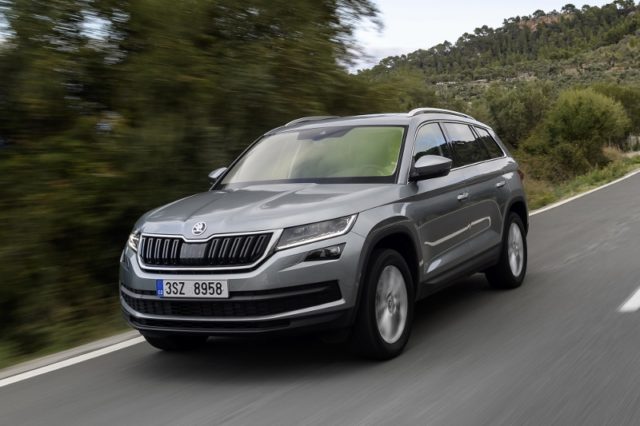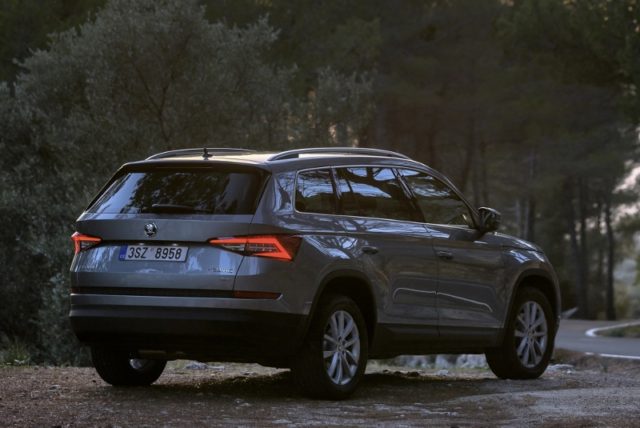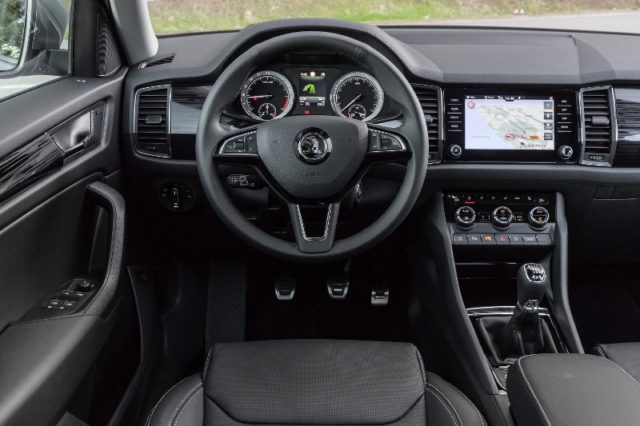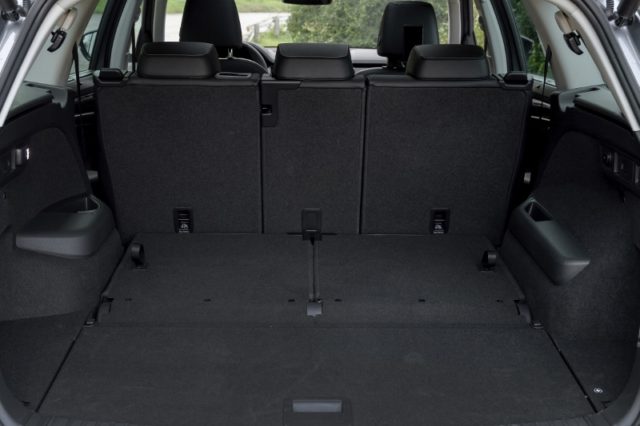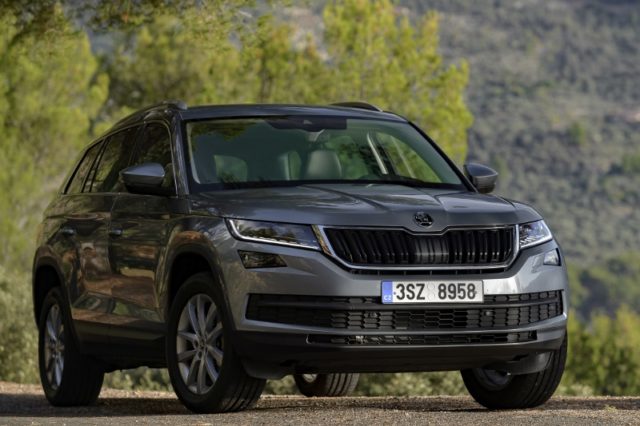Road Test: Skoda Kodiaq
Skoda practicality in a fashionable SUV – the Kodiaq can’t go far wrong, says Alex Grant.
- Skoda Kodiaq
- Skoda Kodiaq
- Skoda Kodiaq
- Skoda Kodiaq
- Skoda Kodiaq
SECTOR: Crossover PRICE: €29,800-€40,640 FUEL: 5.0-7.4l/100km CO2: 131-170g/km
For a manufacturer which prides itself on clever solutions for family life, it’s a little odd that it’s taken 26 years of progressively higher-stake Volkswagen Group ownership before Skoda got its first seven-seater. However, where others have had to revise their old MPV-based product plans, the Kodiaq has arrived well-tuned to market trends.
This is, obviously, not a SEAT Alhambra with a Skoda badge; the flagship of the range is a three-row crossover. It’s roughly the same size as an Audi Q5, but with established SUVs such as the Nissan X-Trail, Kia Sorento and Hyundai Santa Fe, as well as newcomers such as the Renault Koleos and Ford Edge, firmly in its sights.
It’s the top of a new SUV line-up for Skoda, with the forthcoming Karoq indirectly replacing the Yeti and – though there’s been no talk of it yet – it’s likely that there will be a Fabia-sized crossover at some point, given the popularity of that sort of product. That there’s a hint of the SEAT Ateca in this car’s swage line, and the Karoq’s, is no coincidence; all of them are built on the same production line. The Kodiaq may offer some hints as to SEAT’s forthcoming three-row SUV too.
Entry-level versions are staggeringly good value, but the latest Superb’s top-weighted trim mix suggests few will go for the most pared-back models. Top-spec versions are priced right up into premium brand territory and for the most part feel perfectly comfortable there. Plenty of black or beige leather, soft-touch plastics and chrome, and Skoda’s excellent 9.2-inch high-resolution touchscreen – with prerequisite Android and Apple connectivity – all stop it feeling like a value-led proposition. It’s quiet at speed, rides neatly and doesn’t feel overly unwieldy on rural roads.
Not all of this car’s closest competitors offer seven seats, and Skoda has them as an option. They’re a useful feature for occasional use; there’s room for adults in the third row, but they’re low on padding and really only suited to short-distance use. Access is good, though, with long rear doors and a middle row that slides forward by 180mm if needed, and an under-floor compartment for the load cover just inside the tailgate. The only feature it lacks is a bench that folds and slides in three sections.
And it’s not just sheer size in the Kodiaq’s favour; families will welcome the two large gloveboxes on the passenger side, cup holders which enable one-handed opening of bottles, and a removable, reversible section of the centre console to fit whatever you’re storing. It also gets umbrellas in each of the front doors – a hallmark of Skoda’s flagship models.
The likely best-seller is the 148bhp 2.0-litre TDI, which is also available with a manual gearbox and front-wheel drive. It’s a reasonably refined diesel engine and almost as frugal as the official economy figures suggest – helped by the DSG’s ability to decouple the engine to save fuel when it’s not working hard.
However, at 149g/km in this spec, or 131g/km even with two-wheel drive, it’s a car for those with reasonably flexible choice lists, and the lower-priced, equally powerful 1.4 TSI petrol isn’t far behind on fuel economy. That downsized petrol is a surprisingly good fit, considering how large the Kodiaq is, and yet another feature that feels neatly tuned to the way this part of the market is heading.
What We Think:
Another great Skoda product, albeit lacking a very low-CO2 small diesel engine to widen its appeal in fleets – especially compared to the popular Superb. As is the case with its closest rivals, it’s food for thought for those who might otherwise look at a premium-brand offering.

